By Robert L. Willett
When the first shell hit in the dimly lit interior of the German ship, a subdued chorus came from the 29 ships’ officers held prisoner on board. There were oaths and shouts, but no Germans appeared to undo the hatches that held the prisoners hostage. They were seasoned sailors, these captains and mates of the nine British ships captured and sunk by the pocket battleship Admiral Graf Spee, and not happy to be pounded by British gunfire.
A second shell landed near their prison, and more alarm was heard from the stalwart sailors. “Let us out. Please, God. Let us Out!” they cried as a third, and then a fourth shell hit, and then the room went silent.
The year 1939 pitted the Axis forces, pushing for war, against the Allied forces of France, Great Britain, and the Low Countries, which were trying desperately to avoid conflict.
In spite of the 20-year-old Treaty of Versailles, Germany had successfully built a massive military machine for land and sea. One of the new and innovative ships was the Admiral Graf Spee.
In the early weeks of World War II, the South Atlantic was a hunting ground for German raiders. At first light on December 13, 1939, the Graf Spee’s lookout shouted the alert—two masts were sighted on the dimly lit horizon. Soon another appeared. The first mast was identified as the larger ship, the heavy cruiser HMS Exeter, with 8-inch guns. The two vessels with Exeter were thought to be protecting destroyers. German Captain Hans Langsdorff believed that the Exeter and the destroyers were protecting a convoy. However, it was soon discovered that the two destroyers were actually two light cruisers: the British HMS Ajax and and the New Zealander HMNZS Achilles, each with 6-inch main armament.
The Germans and the British were steaming straight toward each other. But the massive German 11-inch guns could far outshoot the biggest guns the British carried.
British Commodore Henry Harwood had decided to have Ajax and Achilles act as one unit and the Exeter as another. Harwood was on the Ajax and would direct from there. As the two larger ships raced toward each other, the advantage held by Graf Spee with its larger guns was fast disappearing, as she was rapidly coming within Exeter’s range. At 6:14 am, the Admiral Graf Spee fired the first shots of the day, straddling the Ajax and the Exeter. From then on it was a thunderous cacophony of sound as these great guns belched.

It was soon obvious that the Exeter was taking a pounding with the 11-inch guns accurately trained on her. She was getting in her hits, too, but her guns were slowly being silenced by the shells of Graf Spee, only six miles away. The devastation on the Exeter was impressive. Her bridge was gone with all its communication networks. Captain Frederick Bell conned the ship from the aft conning position, and communicated his course changes by a chain of wounded and unwounded men forming a line down to the steering section. Bell was slightly wounded in the face, but he managed to continue to fight the Germans with accurate 8-inch fire from his one remaining turret.
Heroic deeds were being performed routinely as the battered Exeter steamed steadily on, but her fighting capacity was rapidly being shot away with Graf Spee intent on finishing the old cruiser. Splinters from near misses were almost as lethal as the direct hits, causing many of the casualties and ripping open the light armor of deck installations and tower fixtures. In spite of the shrapnel filling the air, deck crews managed to fire the torpedoes still in their compressed air tubes, but they missed their target, which disappeared in a thick smoke screen.
By 7 am, Exeter’s turrets A and B were silent; Y turret was firing, but only by local control. A fire raged in the chief petty officer’s quarters and Marines’ mess, there were no telephone connections, only one 4-inch gun could be fired, both aircraft had been jettisoned, and wireless communications had completely broken down. However, the engine room was virtually untouched, and the ship could still attain top speed.
The Graf Spee had disappeared into her smoke screen, which gave Exeter a chance to attempt to patch her damaged areas, but she really was not fit to stay in the fight. At that point, the battle was down to two light British cruisers with their 6-inch guns against the six 11-inch guns of the Admiral Graf Spee.
Early in the fight, the pilot of Ajax’s Seafox scout plane, Lieutenant Edgar Lewin, asked permission to take off to direct the ship’s fire. Captain Charles Woodhouse agreed but warned Lewin that turrets X and Y were only a few feet from the catapult and he would not slacken their rate of fire. So Lewin took off between the thunderous blasts of the 6-inch guns.
As the Exeter withdrew, Graf Spee, not knowing the extent of Exeter’s damage, continued to focus on her, trying to sink her.
The two light cruisers, seeing the Exeter’s distress, sped to draw the German fire away from the badly battered cruiser. Harwood gave the order, “Proceed at utmost speed!” to draw closer to Graf Spee. As they raced toward the German ship, still firing their broadsides with good effect, they scored hits that stung the Germans. Their tactic succeeded; the two light cruisers drew the main German fire as the Exeter escaped south.
Then it seemed as if the three separated British targets confused Graf Spee’s gunners. Their firing slowed, and the secondary batteries were silent. The two smaller ships had been virtually ignored until then, but the Graf Spee recovered her firing capacity and the two light cruisers began to suffer the same fate as the Exeter.
As the Exeter slipped away from the fracas in the cloud of a self-generated smoke screen, Harwood made the decision to break off the fight and hope that it could be resumed after nightfall. It was believed that Graf Spee had suffered little damage. Harwood commented, “We might just as well be bombarding her with a lot of bloody snowballs,” About that time, it was coming to light that the British cruisers’ ammunition was running low. Those two factors made his decision for him. At 7:40 am he signaled the Achilles to make smoke and move away from Graf Spee.

The German ship had taken more hits than the British commander knew. Damage inflicted by the three cruisers was not really dangerous to the immediate life of the ship; however, a return to Germany across the brutal wintry Atlantic was in jeopardy without repairs. As Harwood was making his decision to break off, Langsdorff was deciding to run to a neutral port for some hurried maintenance to make his ship fully seaworthy again.
Since virtually all ports in the South Atlantic were neutral or British controlled, the rules of neutrality were of great importance. Simply put, a ship from a warring nation entering a neutral port had 24 hours before being required to leave. There was an exception in the rule from the Hague Convention of 1907 that allowed more time if a ship required repairs to make it seaworthy, but its crew could not add to its fighting efficiency. Much of that exception would be determined by the authorities in the neutral country involved. An added provision stated that a merchant ship from a warring nation located in a neutral port, could not be pursued by an opposing nation’s warship in that same port for 24 hours.
Langsdorff had selected Montevideo, Uruguay, as his port even though Buenos Aires, Argentina, across the large bay, was friendlier to Germany. The Bay of La Plata was so shallow it would have been hazardous to take the huge ship into its channels.
As Ajax and Achilles emerged from the smoke screen they had used to hide from the Graf Spee, the crews were amazed to see the enemy fleeing to the west. Captain W. E. Parry of the Achilles said, “When the action was broken off my own feelings were that the enemy could do anything he wanted to. He showed no sign of being damaged, his main armament was still firing accurately, the Exeter was evidently out of it, and so he only had two small cruisers to prevent him attacking the very valuable River Plate trade.”
As Graf Spee led the three vessels toward Montevideo, the Ajax scout plane, no longer spotting the shell fire of the cruisers, was asked to find the Exeter, which had sailed out of sight.
Harwood hoped to have her rejoin his division. When Lewin in the Seafox did find the heavy cruiser, he saw the damage that 11-inch shells had caused. He wrote later, “I have never seen such a shambles, anyway in a ship which survived.” Finally, some hours later, Harwood released the gallant old ship and ordered her to the Falklands Islands to be made whole again.
As the three combatants maintained their positions on the way to Uruguay, Ajax on the port side of Graf Spee, Achilles on the starboard side, they all were cleaning up their damage. On the departed Exeter, funeral services were held for four officers and 47 ratings with the burial at sea service. One officer and one rating were still missing but presumed dead.
On the Ajax at 9:15 pm, the scout plane was being hoisted back aboard, which turned out to be a larger task that anticipated. After Lewin made a difficult landing on choppy seas, the plane was finally brought aboard with great difficulty.
On the Achilles, breakfast was being passed around, and stories of valor and humor mixed together in the telling. One such tale involved a stoker who was upset about the first call to quarters by the gunnery officer. As he emerged from below decks he was sputtering, “Flicking gunnery shoots so flicking early in the flicking morning and why couldn’t the flicking Gunnery Jack (officer) wait till after breakfast?” At that moment three of the huge 11-inch shells from Graf Spee raised three giant columns of water from their near misses in full view of the stoker. His reaction was immediate as he bolted for the hatch saying, “Cor, this ain’t no flicking place for me!”

In the noisy battle and chase that lasted roughly 10 hours, the officers of the ships previously sunk by Graf Spee were imprisoned on board the German pocket battleship. They had no communication with anyone to keep track of the battle. If the Graf Spee were sunk, they had no chance of survival, so their interest in the battle’s progress was intense. Several shell splinters holed the armor, allowing brief glimpses of events just within their limited sight, and descriptions of those brief peeks were interpreted in many ways. Those were anxious minutes, which to them seemed to be an eternity.
It became clear by late afternoon that the Graf Spee was headed for the Bay of La Plata. The officials of Uruguay, Germany, Britain, and France began to establish their diplomatic and military positions. In Montevideo, Captain H.W. McCall, British naval attaché, was ordered to establish lookout points across the 120 miles of sea entrance to the bay, which he accomplished with tugs and aircraft. As Graf Spee neared the bay entrance, she fired several salvos at Ajax and then Achilles, both of which replied, but none of the shells hit their mark. Those few shells marked the end of the actual hostilities.
However, the German ship could break out from any of several channels. The little cruisers, still the only British ships around, stayed on full alert with their captains never leaving the bridge. Harwood had radioed the heavy cruiser HMS Cumberland, and any other nearby British ships, to proceed to La Plata “with utmost speed.” Meanwhile, in the Uruguayan capital a decision was made that if the Germans asked for an exception to the 24-hour rule, the Uruguayans would allow only 72 hours.
The British were playing other games to fool the Germans, broadcasting that several capital warships would be joining Harwood’s flotilla in the coming hours. At the time there were no French or British ships available that could reach the River Plate area within five days. Only the Cumberland was on its way. The British bluff was effective, as Langsdorff began to believe that a run for the sea, with all the gathering British forces outside the bay, was suicidal. Little did Langsdorff realize that on the night of December 13 only the two small cruisers carried the burden of stopping any exit attempt.
This was all happening as the Graf Spee eased slowly into the Bay of La Plata, completely darkened, offering only a silhouette to the thousands already gathered on the banks, the roads, and the buildings lining the harbor. Just after midnight, she dropped anchor and swung gently to the water’s movement, silent, deadly, and menacing.
On the morning of December 14, spectators lining the port’s banks and buildings witnessed feverish activity aboard Graf Spee, although the captain was off consulting with the new characters entering his circle. On board his ship, he was in command, but here in port his world was affected by many others: German Ambassador Otto Langmann, McCall, Uruguayan Foreign Minister Alberto Guani, and British Minister in Uruguay Eugen Millington-Drake. What is more, Langsdorff also had to take into consideration the desires of Adolf Hitler himself. The Cumberland finally arrived, adding to his problems.
First, the British position was to urge the expulsion of the German ship at the 24-hour deadline. The Germans protested and requested two weeks for repairs. The Uruguayan decision held firm that the Graf Spee crew had 72 hours to repair their ship and then must leave. Then the British changed their strategy and tried to hold the raider in the harbor until sufficient strength arrived to assure British control. They even suggested that British merchant ships begin leaving to delay Graf Spee another 24 hours. Then the British would send another merchantman to ensure another 24 hours, and so on. However, the Uruguayan 72-hour rule stood fast, and that period would expire at 8 pm local time on December 17, 1939.
On December 15 there was the sobering funeral in Montevideo for the 37 German sailors and officers killed in the battle. Led by Langsdorff and a local brass band and firing party, the Germans proceeded to the 37 open graves. During the services, the Germans, virtually to a man, rendered the outstretched arm of the Nazi salute, but Langsdorff very conspicuously saluted with the old German hand salute.
The citizens of Montevideo were enthralled by the spectacle of the German presence. Reporters gathered news and watched the activity in the port. To fill the hours of airtime required to keep people listening, radio broadcasters repeated every rumor that floated across the city, mostly dealing with the British naval reinforcements on their way.

Finally, on the night of December 16, 1939, Langsdorff called his officers together. Just a few hours earlier he had almost decided to run for open water, but Uruguayan port authorities told him that a British merchant ship left that day at 6:15. That meant he could not leave until the evening of December 17 at 6:15 pm, but had to be gone by 8 pm.
Langsdorff’s plan was to remove all crew members except a skeleton crew, sending them by tug to the nearby German freighter Tacoma. Then he would place aboard the ship at strategic intervals enough explosives to ensure her destruction, remove all technical equipment, and leave as the detonations were to begin. The waters were shallow, and the large vessel would not be completely submerged, so removing instruments and equipment that might have helped the enemy was important.
The final communication Langsdorff received from Berlin had given him three options: press the Uruguayans for more time, break out to the sea, or fight his way to Buenos Aires since the Argentineans were more pro-German than his present hosts. He had exhausted efforts to stay longer. The British merchant ship’s departure had cost him the option of a surprise departure; and the bay was too shallow to allow any chance of reaching Buenos Aires. It was made clear that he was not to let the ship fall into foreign hands. So Langsdorff proposed scuttling, and Berlin approved.
Nothing in Montevideo could be kept secret. On Sunday morning, December 17, 1939, the residents of Montevideo watched in almost total silence from every vantage point in the city as the Graf Spee raised anchor and slowly moved west. There were neither cheering crowds nor noisy celebrations, just quiet as they waited. Graf Spee sailed slowly with her Nazi swastikas flapping in the breeze, moving toward the designated spot for her final act.
Tugs chugged up to the warship, and the few crew still aboard climbed onto their decks, their eyes never leaving their ship. They had only minutes to wait until the sky turned bright and the sounds of explosions shocked even those fully prepared for the event. Viewers gasped, cried, and moaned as a farewell to the venerable Graf Spee.
Langsdorff still had work to do. He boarded the Tacoma, which took his crew to Buenos Aires. There he saw to it that the crewmen were properly housed and fed, then visited the wounded in scattered hospitals. The Argentinean government declared that the crew would be held as internees in the interior of Argentina and the officers would be paroled in Buenos Aires. That ended the captain’s responsibility to his men. He penned a last letter to the German ambassador to Argentina, Baron von Thermann.
“For a captain with a sense of honor, it goes without saying that his personal fate cannot be separated from that of his ship,” he wrote. “I can do no more for my ship’s company. Neither will I be able to take an active part in the present struggle of my country. I can now only prove by my death that the fighting services of the Third Reich are ready to die for the honor of the flag.”
On the night of December 19, Graf Spee’s commander dressed in his best uniform complete with his decorations and with his sword belted on. He lay down on the old Imperial German Navy flag, put his service revolver in his mouth and died.
The Battle of the River Plate changed naval warfare. Langsdorff was one of the last of the old ship captains, who spared life even while taking it.

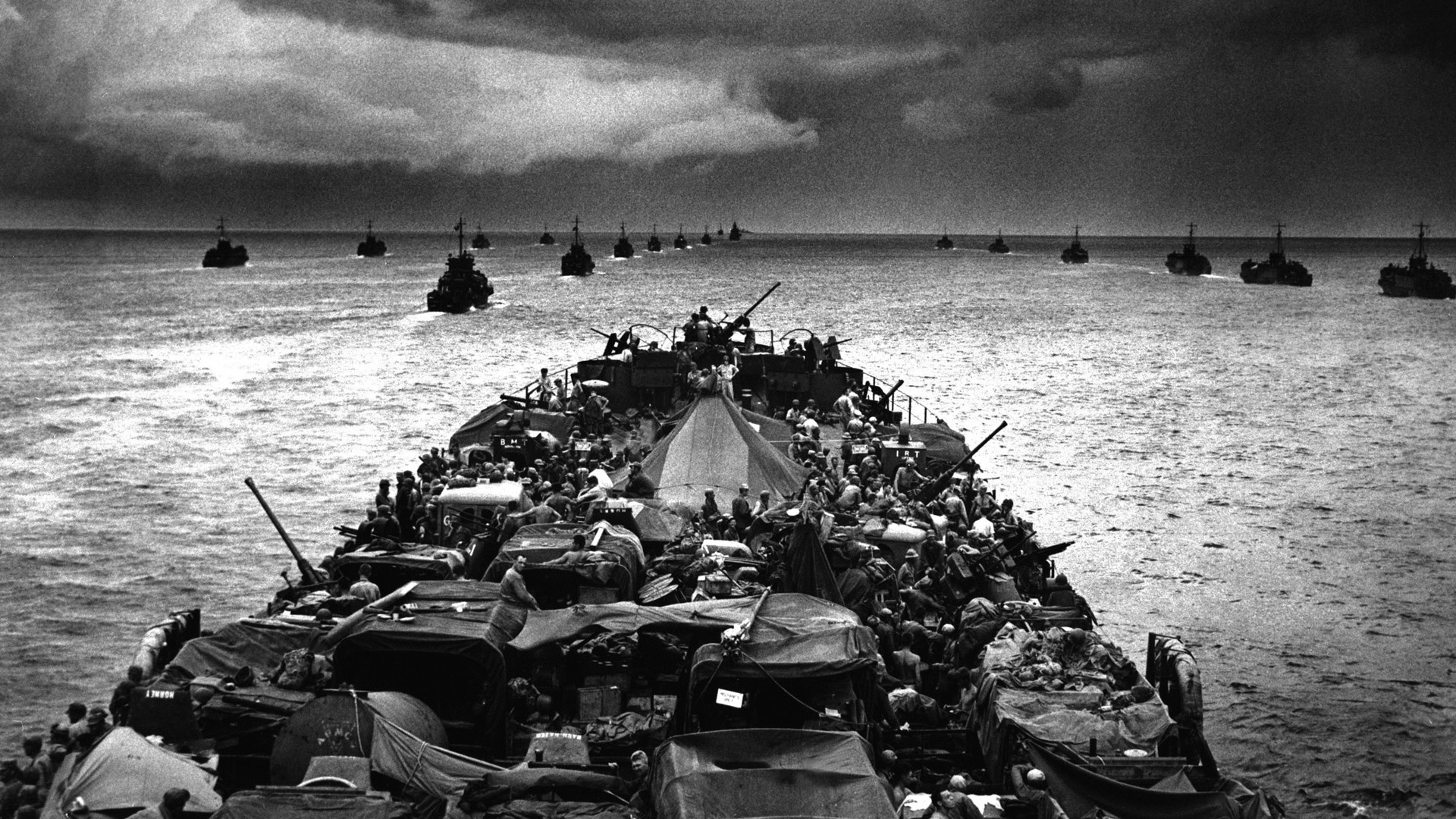
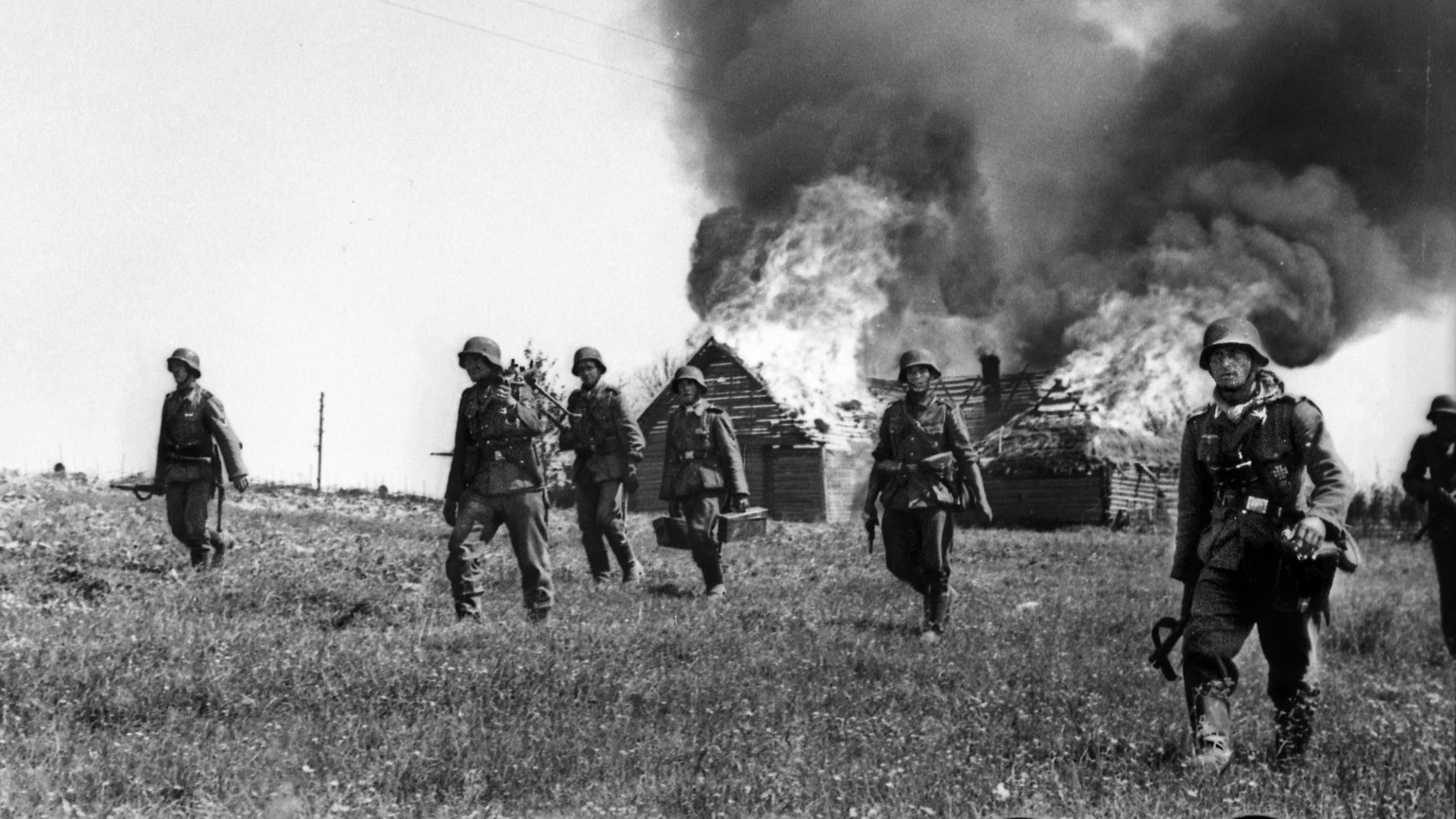
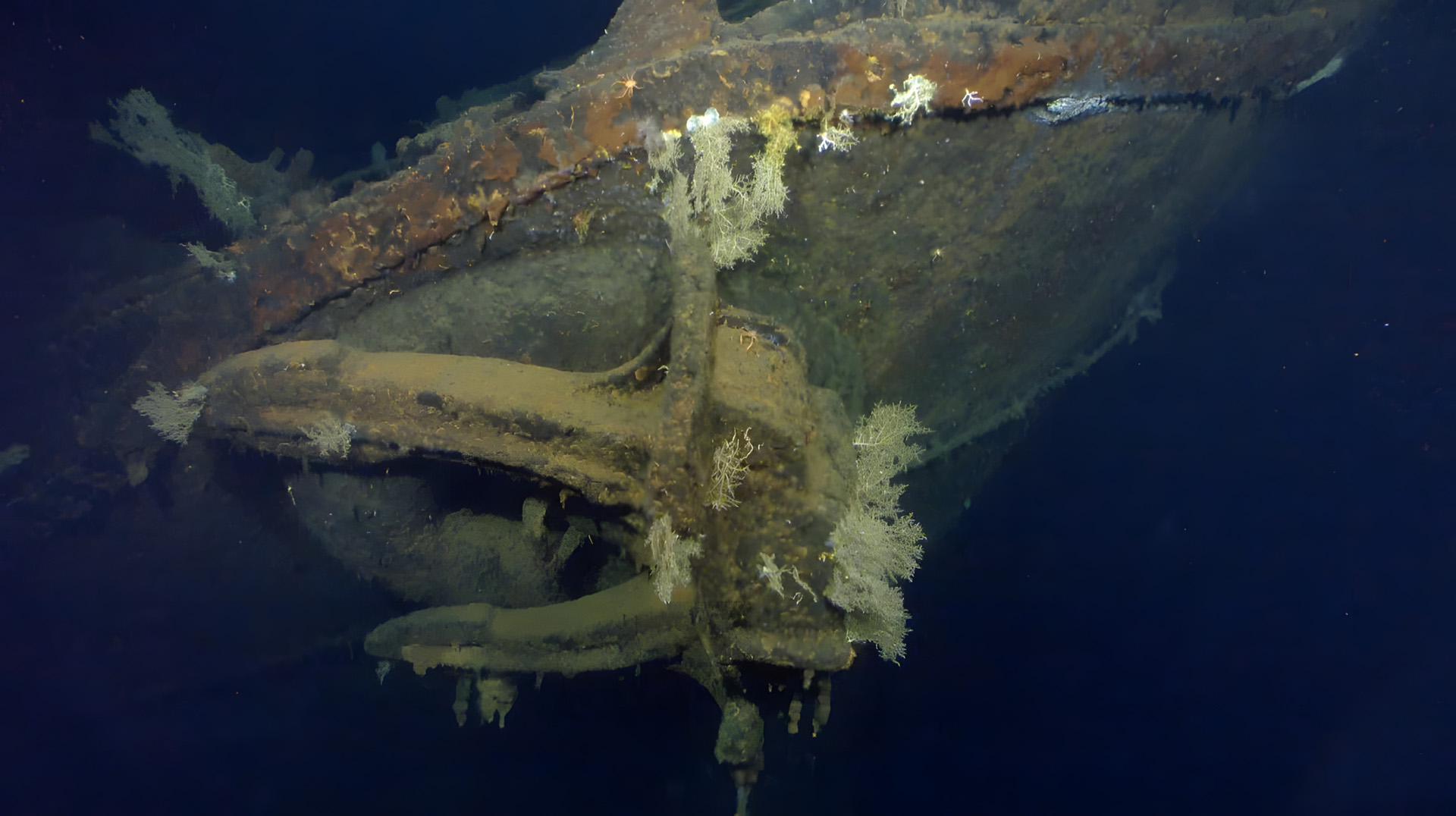
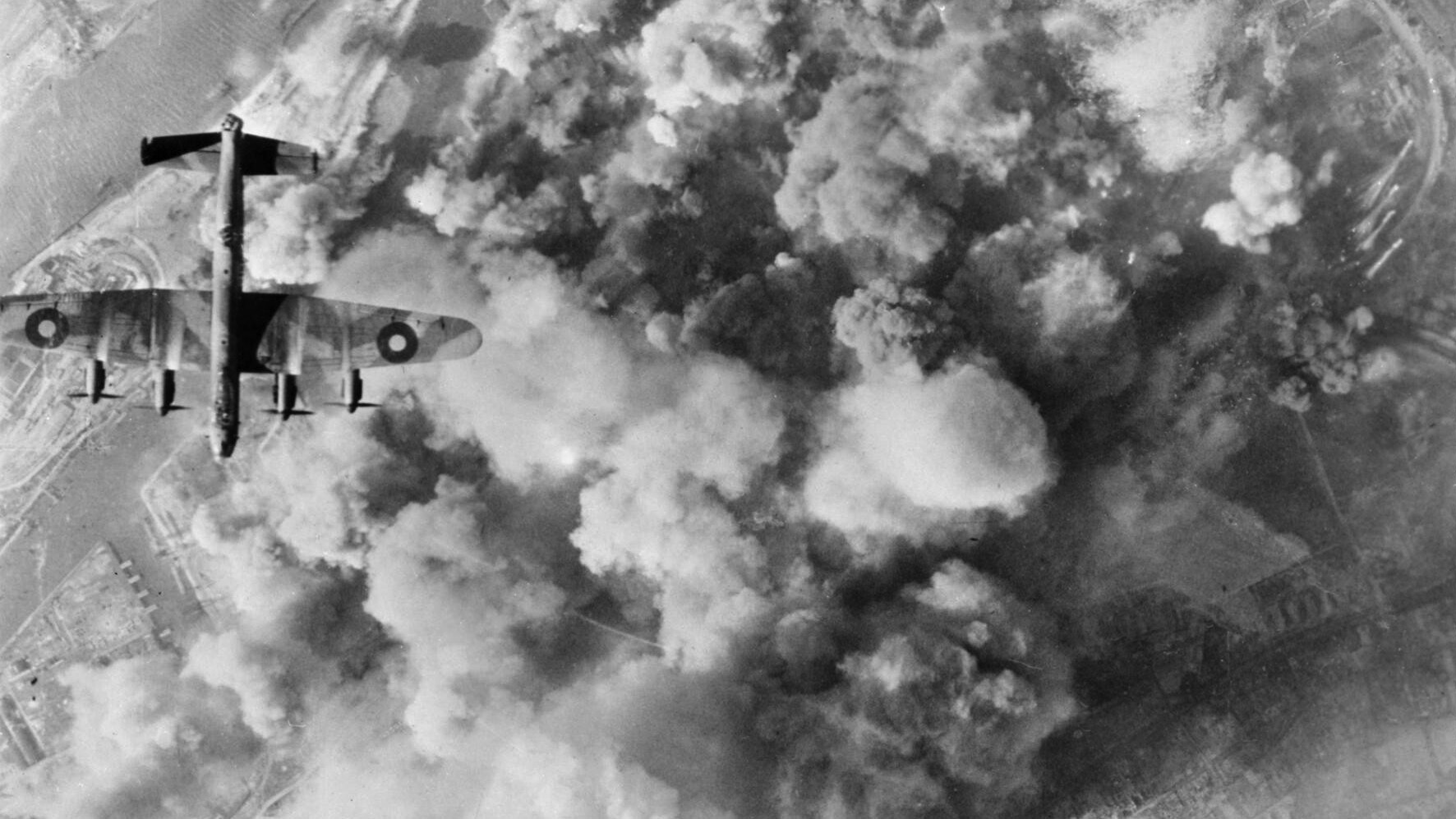
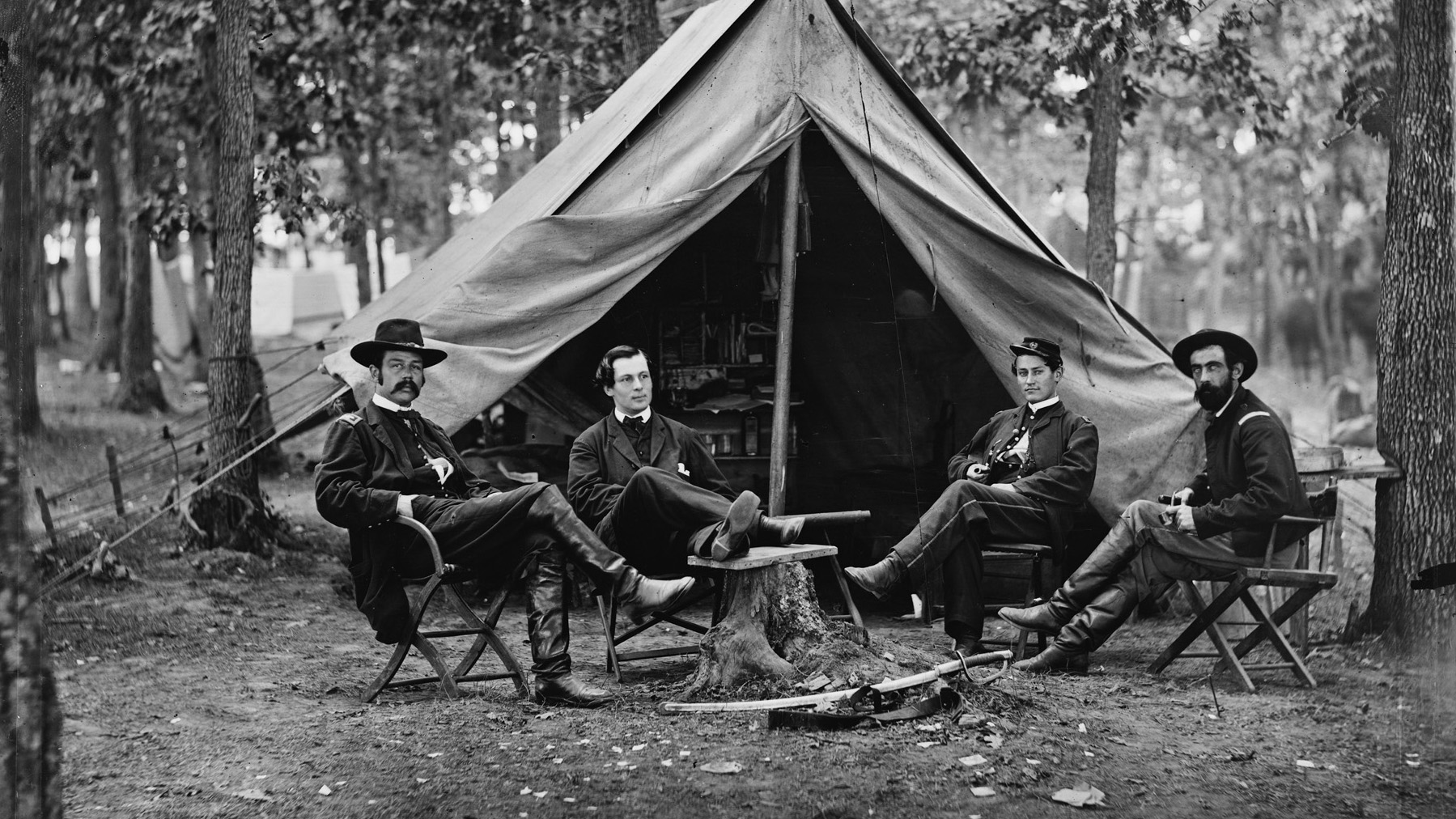
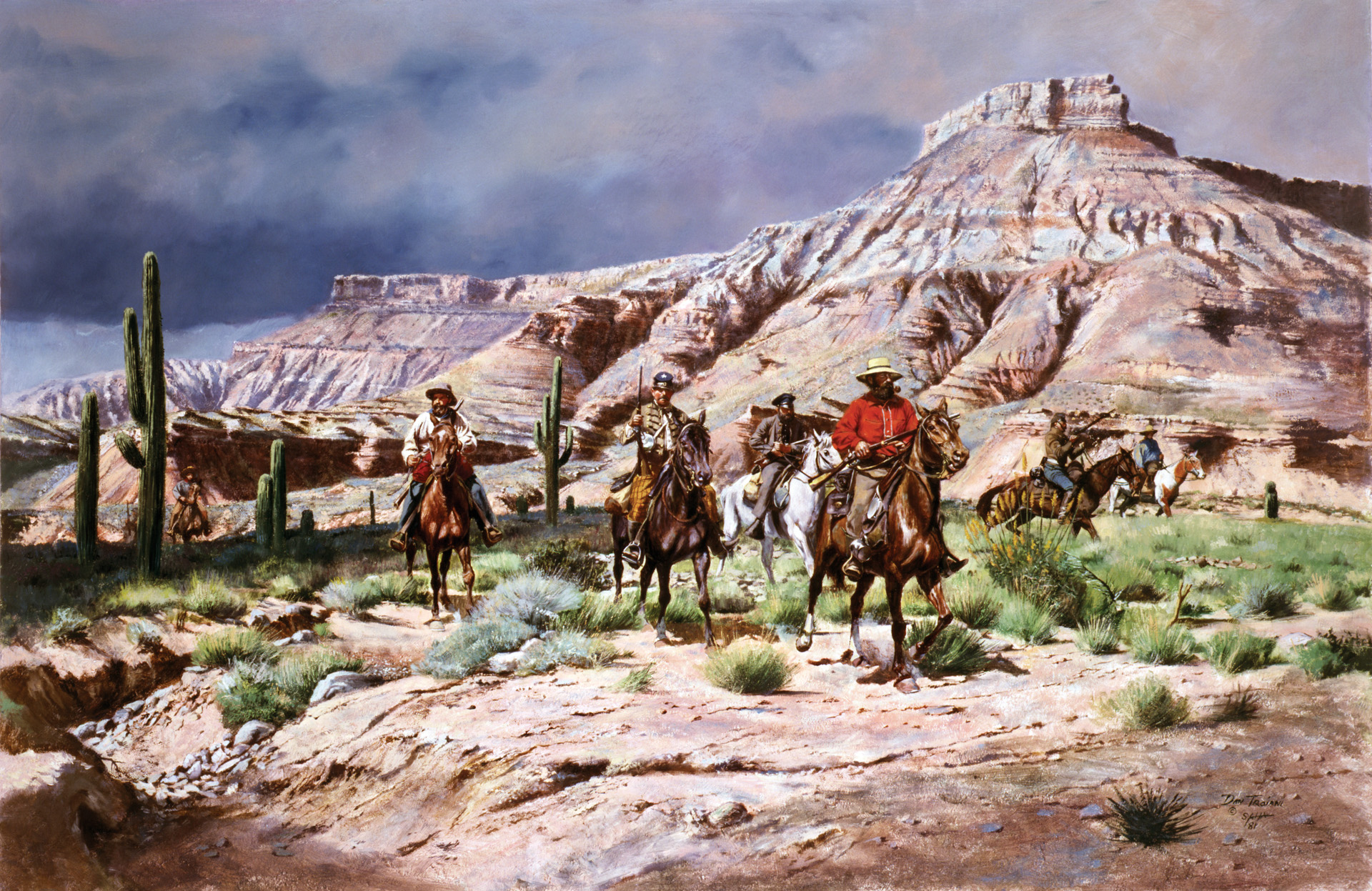
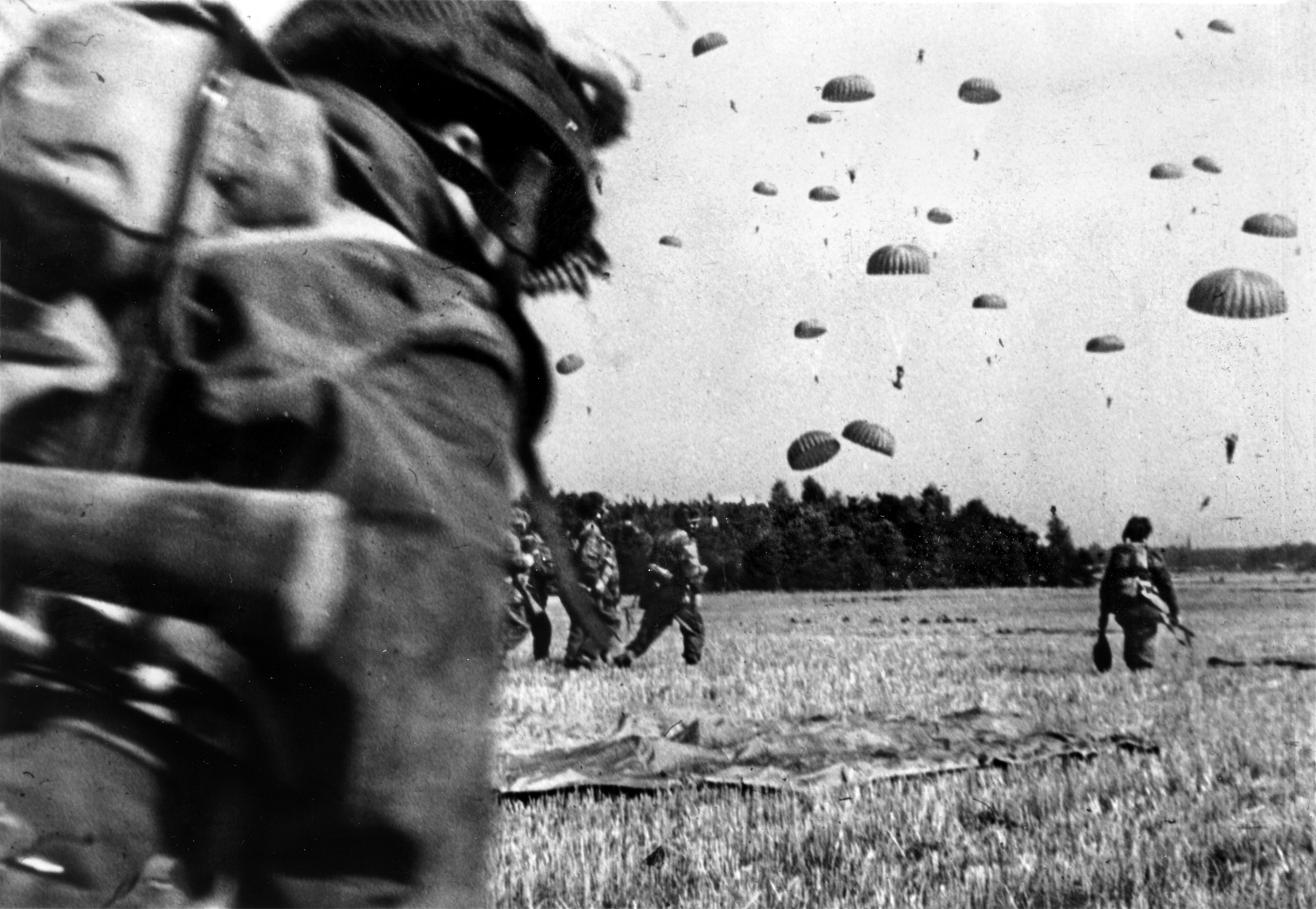
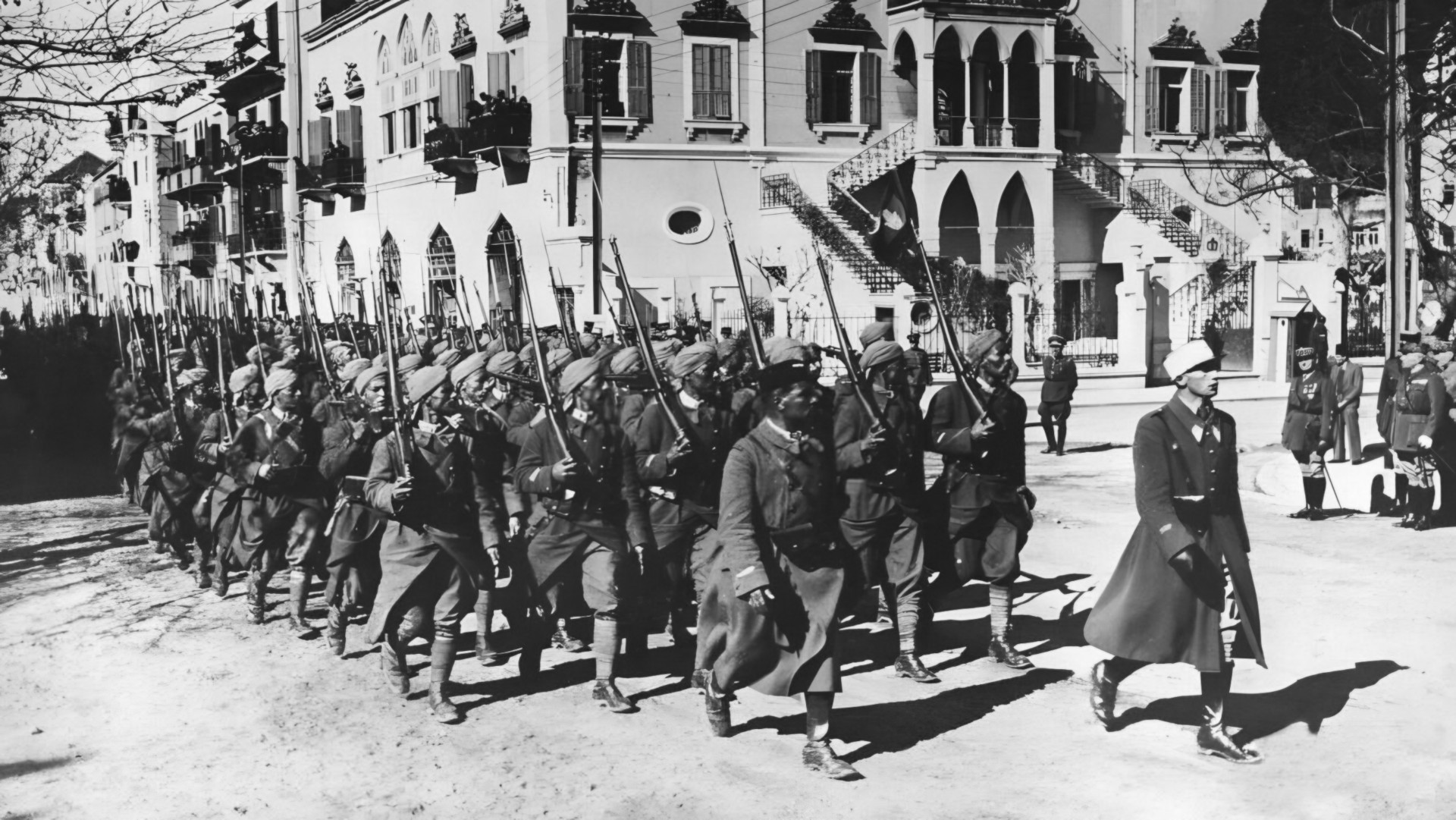
Join The Conversation
Comments
View All Comments